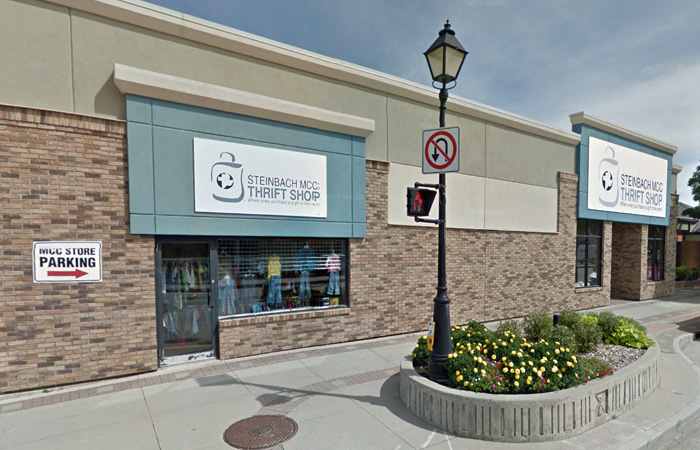Rethinking Lifestyle
When You Are Buying, Think Used

Imagine starting a small fundraising project like a bake sale, lemonade stand or a used clothing drive to raise $1000 for charity and seeing it grow to over 100 shops in less than fifty years, generating $19.2 million annually. This is what happened when four Altona women; Linie Friesen, Selma Loewen, Susan Giesbrecht and Sara Stoesz started their MCC Thrift Store in 1972. Their idea of raising funds by recycling used clothing turned out to be a win-win-win for everyone. Good clothing was no longer being thrown away (win #1) clothing for little money was available in the community (win #2) and the money raised was given to Mennonite Central Committee (win #3). MCC is a charity helping in crisis relief, in development work and in peace, justice and immigration advocacy in many countries around the world.
The MCC thrift store is, by now, not the only used items store in most communities. There are other bricks and mortar used items stores in almost every community. Dianne Buckner in a CBC news story on November, 2019 highlighted that the used items market is now 68% as large as the new items market. A news story on CNBC by Lucy Hanley predicts that the used items market will surpass new items sales by 2028 and will be 145% of new sales.
Not only is the used items market growing in general, digitally, it is growing so fast that traditional retailers are beginning to view the used online market as their biggest threat. The used items market is seen as the biggest change to hit the marketplace since online shopping became a reality. There are hundreds of apps that will link your clothing and accessories with your character and all in the used items market. RealReal, Thredup and Poshmark are only three of many online consignment stores that are starting to create a circular economy that is exciting, upscale and affordable.
A Kijiji market survey finds that while the price of a used item is certainly cheaper than a new item, this is now not the main reason people buy used. The reasons cited are both altruistic and environmental. At one time there was a stigma attached to being seen shopping in a Thrift Store. This is no longer the case. In the current view, a Thrift Store shopper is responsible and environmentally astute, supporting the local economy.
It is good to have a balance in your life, and this includes a balance between new and used purchases. You may still want to buy new computer software, tires, underwear and humidifiers. But many people buy used cars and used clothes. It also makes sense to buy tools, furniture, exercise equipment and many other household items used.




